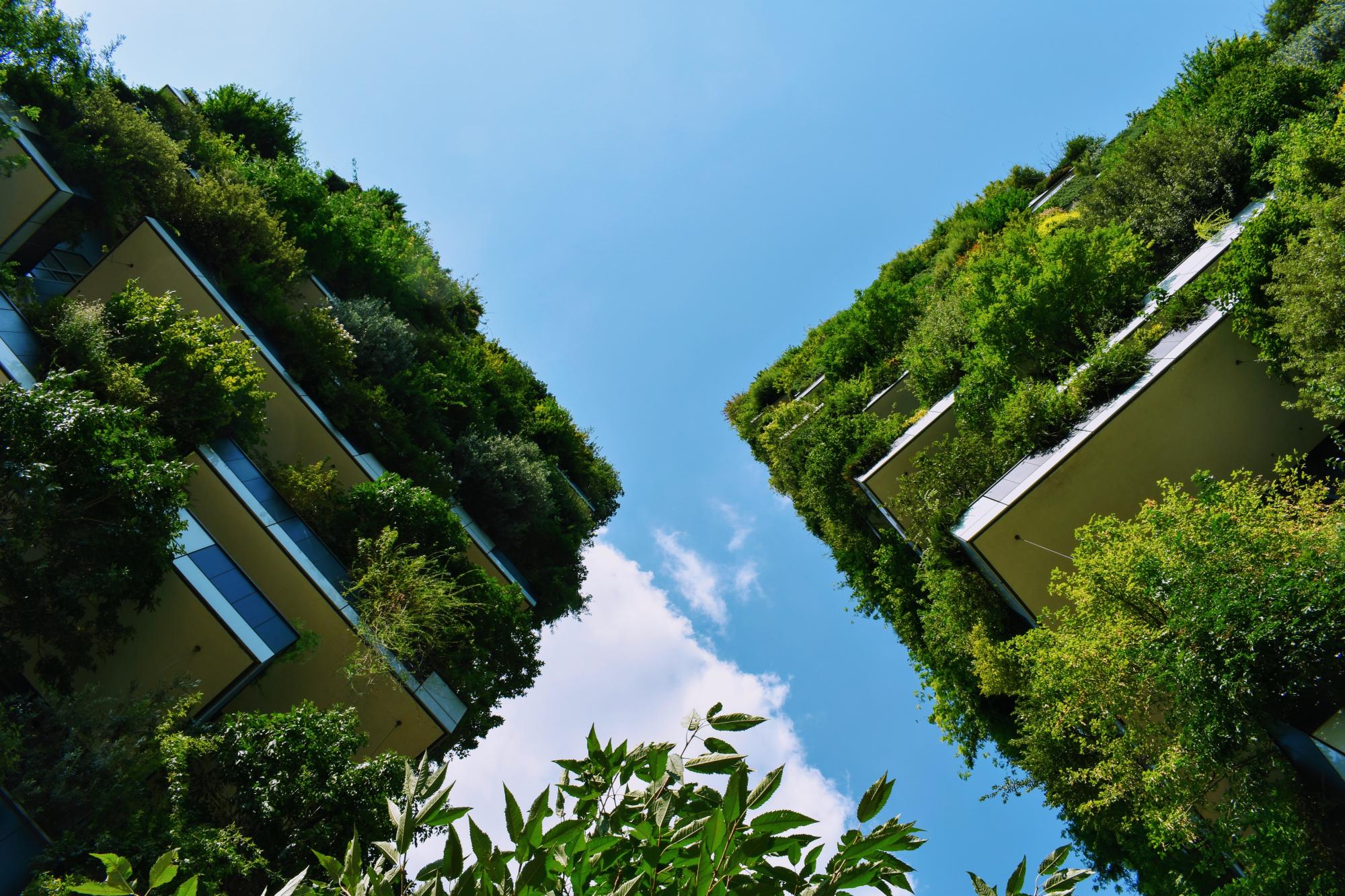The Cheonggyecheon Stream Restoration Project saw the dismantling and removal of an elevated freeway and the uncovering of a 5.84km section of the Cheonggyecheon historic stream in the centre of Seoul, South Korea (Ref. 2). One of the world’s largest and most densely populated cities, the revitalisation of the Cheonggyecheon Stream has provided Seoul with an ecologically sensitive green pedestrian corridor in an area that was previously recognised as being congested, overpopulated and polluted (Ref. 4). The restoration has provided environmental, social and economic benefits within its immediate proximity (Ref. 2). In addition to becoming a "vehicle for revitalisation, urban renewal and economic development", it has "also signified a shift in Korean planning priorities", with both city authorities and residents now placing an emphasis "on health, sustainability and social responsibility" (Ref. 4). It has further "become a template for planning intention and action across South Korea" (Ref. 4).
Overview
Nature-based solution
- Blue infrastructure
- Rivers/streams/canals/estuaries
- In-land wetlands, peatlands, swamps, and moors
- Grey infrastructure featuring greens
- Riverbank/Lakeside greens
- Parks and urban forests
- Green corridors and green belts
Key challenges
- Climate action for adaptation, resilience and mitigation (SDG 13)
- Climate change adaptation
- Environmental quality
- Air quality improvement
- Green space, habitats and biodiversity (SDG 15)
- Habitat and biodiversity restoration
- Green space creation and/or management
- Regeneration, land-use and urban development
- Promote natural styles of landscape design for urban development
- Water management (SDG 6)
- Flood protection
- Stormwater and rainfall management and storage
- Improvements to water quality
- Cultural heritage and cultural diversity
- Protection of historic and cultural landscape/infrastructure
- Economic development and employment (SDG 8)
- Tourism support
Focus
Project objectives
Implementation activities
Climate-focused activities
Climate change adaptation:
- Increase or improve urban vegetation cover to help reduce outdoor temperature
- Create or improve outdoor spaces to help people escape from urban heat
- Renaturalization of rivers and other water bodies
Biodiversity conservation or restoration-focused activities
Biodiversity restoration:
- Rehabilitate and restore damaged or destroyed ecosystems
Main beneficiaries
- Local government/Municipality
- Private sector/Corporate/Company
- Citizens or community groups
- Young people and children
- Other
Governance
Management set-up
- Government-led
Type of initiating organisation
- Local government/municipality
Participatory approaches/ community involvement
- Taskforce groups
- Co-management/Joint management
- Other
Details on the roles of the organisations involved in the project
Project implemented in response to ...
Financing
Total cost
Source(s) of funding
- Public local authority budget
Type of funding
- Earmarked public budget
Non-financial contribution
Impacts and Monitoring
Environmental impacts
- Climate change
- Lowered local temperature
- Reduced emissions
- Environmental quality
- Improved air quality
- Water management and blue areas
- Improved water quality
- Increased protection against flooding
- Improved stormwater management
- Enhanced protection and restoration of freshwater ecosystems
- Green space and habitat
- Promotion of naturalistic styles of landscape design for urban development
- Increased green space area
- Increased number of protection areas
- Increased conservation or restoration of ecosystems
- Increased ecological connectivity across regeneration sites and scales
- Increased number of species present
Economic impacts
- Increase of green jobs (e.g. paid employment positions)
- More sustainable tourism
- Increased property prices
- Stimulate development in deprived areas
- Reduce financial cost for urban management
- Attraction of business and investment
Socio-cultural impacts
- Social justice and cohesion
- Improved access to urban green space
- Health and wellbeing
- Improved physical health
- Gain in activities for recreation and exercise
- Cultural heritage and sense of place
- Improvement in people’s connection to nature
- Protection of historic and cultural landscape / infrastructure
- Education
- Increased support for education and scientific research
- Increased knowledge of locals about local nature
Type of reported impacts
Presence of formal monitoring system
Presence of indicators used in reporting
Presence of monitoring/ evaluation reports
Availability of a web-based monitoring tool
References
2. Landscape Architecture Foundation (no date). Cheonggyecheon Stream Restoration Project. Washington, DC: Landscape Performance Series. Source link [accessed 16/09/21];
3. Landscape Architecture Foundation (no date). Cheonggyecheon Stream Restoration Project: Methodology for Landscape Performance Benefits. Washington, DC: Landscape Performance Series. Source link [accessed 16/09/21];
4. Commission for Architecture and the Built Environment (no date). Cheonggyecheon Restoration Project. London: The National Archives. Source link [accessed 16/09/21];
5. Jeongho, K, Keeyeon, H, Woonsoo, K (no date). Downtown Revitalization: Cheonggyecheon Restoration Project. Sejong City: Korea Development Institute School of Public Policy and Management, Kdevelopedia. Source link [accessed 16/09/21];
6. Seoul Metropolitan Facilities Management Corporation (no date). Cheonggyecheon Stream Overview. Seoul: Seoul Metropolitan Facilities Management Corporation. Source link [accessed 16/09/21];
7. Gamesby, R (2020). River restoration and conservation in damaged urban catchments. Web Resource. Source link [accessed 16/09/21];
8. The World Bank (no date). Case Studies: Seoul. Washington, DC: World Bank Group. Source link [accessed 17/09/21]; and
9. Seoul Solution (2011). Seoul Urban Regeneration: Cheonggyecheon Restoration and Downtown Revitalization. Seoul: Seoul Solution. Source link [accessed 17/09/21].




